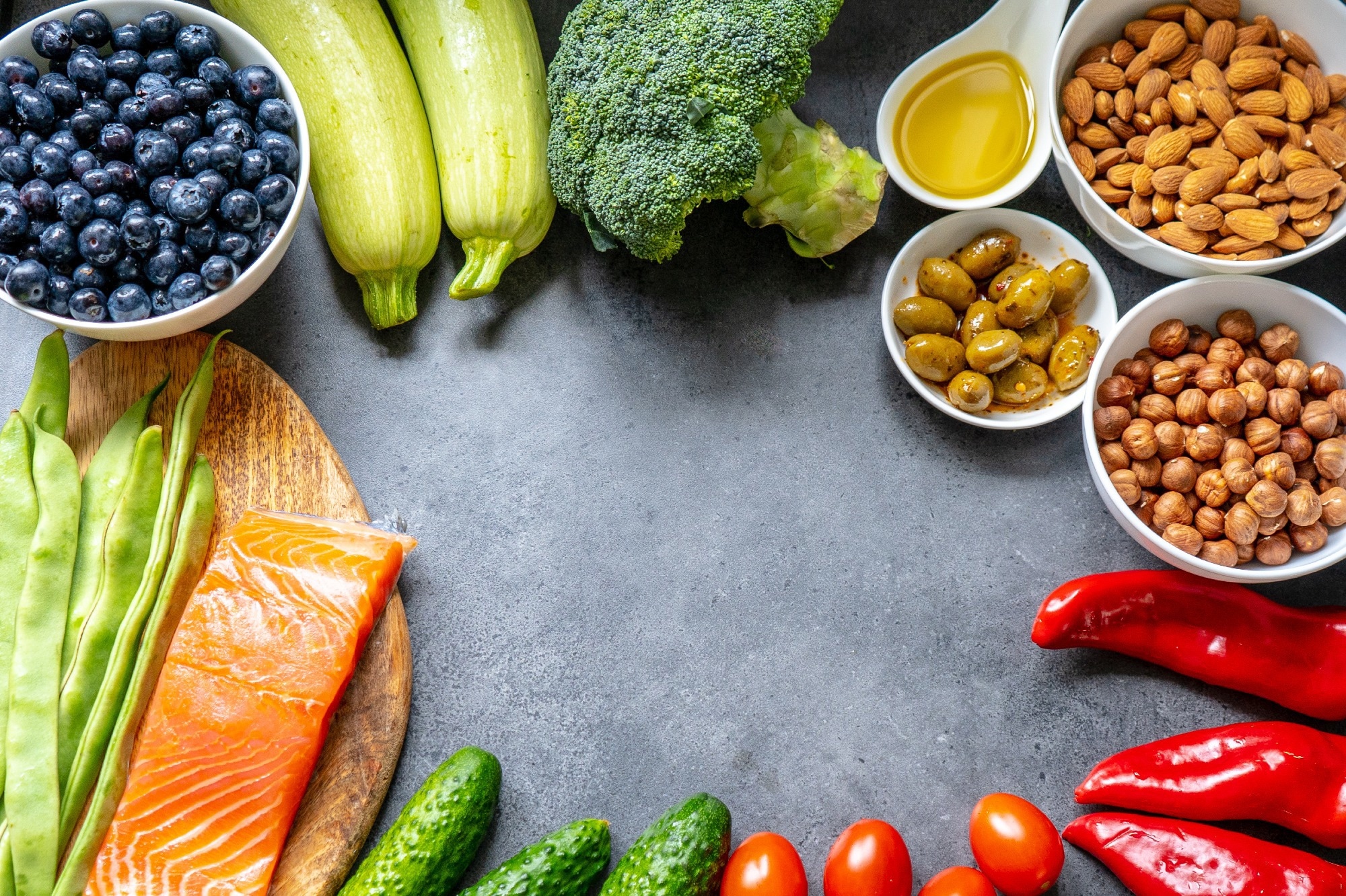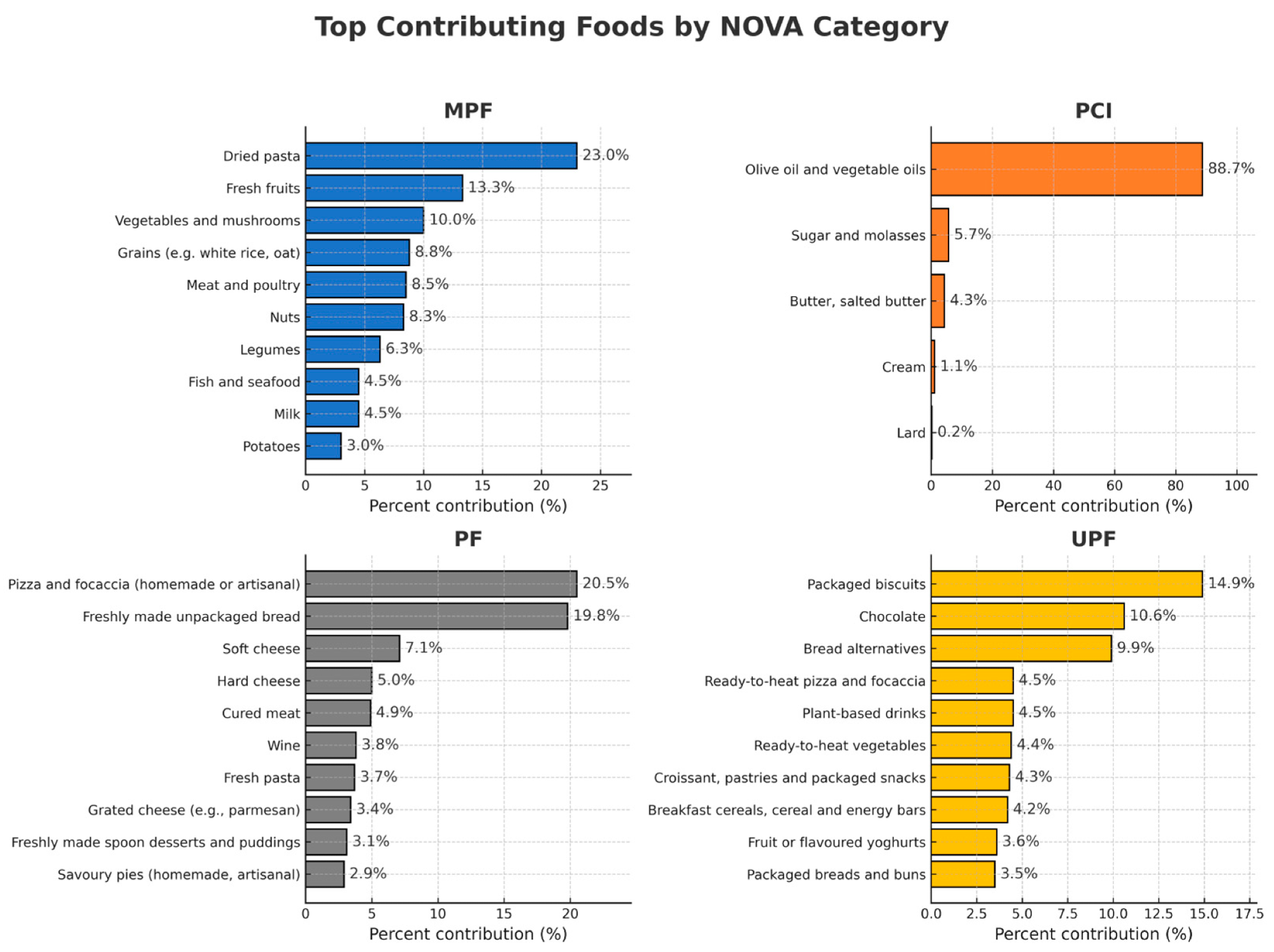New nationwide data reveal who in Italy eats the most ultra-processed foods and show that a stronger commitment to the Mediterranean Diet consistently drives intake down.

Study: Ultra-Processed Foods Consumption, Mediterranean Diet Adherence and Sociodemographic Correlates in an Italian Adult Population: The UFO Survey. Image Credit: Sergey and Marina Pyataev / Shutterstock
A recent study published in the journal Nutrients estimated the intake of ultra-processed foods (UPFs) among Italian adults. It examined how sociodemographic factors and adherence to the Mediterranean Diet (MD) relate to this consumption. In many high-income countries, UPFs now make up over half of daily calories, and Italy, known for the MD's emphasis on minimally processed staples, is experiencing shifts as packaged snacks and ready-to-eat products become more common. Understanding who consumes the most UPFs may reveal emerging cultural and health risks.
Study Design and Participant Recruitment
Researchers conducted a nationwide, web-based cross-sectional survey among Italian adults aged 18+, using snowball sampling via email and social media. Because this was a nonprobability convenience sample, results are not generalizable to the entire Italian population. Dietary intake over the previous year was measured using the validated NOVA Food Frequency Questionnaire (NFFQ), which categorizes foods as unprocessed or minimally processed foods (MPFs), processed culinary ingredients (PCIs), processed foods (PFs), or UPFs. Mediterranean diet adherence was measured using the Medi-Lite score.
NOVA Classification, MD Scoring, and Statistical Analysis
Each participant reported the frequency and portion size of 94 food items, enabling estimation of daily intake and the percent of energy from each NOVA category. Medi-Lite scores (0–18) assessed adherence to MD components; scores ≥ 9 indicated high adherence. Investigators collected sociodemographic information, smoking status, BMI, and medical history. Multivariable linear regression models, adjusted for age, sex, and total energy intake, examined relationships between NOVA groups, sociodemographics, and MD adherence. Missing data were handled using multiple imputation.
Overall Consumption Patterns and Major Food Sources
The final sample included 1,629 adults (≈ 80 percent women) with a mean age of 42 years. Average energy contributions were MPFs (39 percent), PFs (32 percent), UPFs (20 percent), and PCIs (9 percent). MPF energy primarily came from dried pasta, fresh fruits, and vegetables; PCIs were dominated by olive oil. PF contributions included artisanal pizza or focaccia and unpackaged bread. UPF calories chiefly came from packaged biscuits, chocolate, crackers or rusks, ready-to-heat pizza, and plant-based drinks, indicating that sweet, carbohydrate-rich convenience foods drive UPF intake.

Main contributing food sources to the total energy intake for each NOVA group amongst participants in the UFO Study, Italy (2021–2025). MPF: unprocessed and minimally processed foods; PCI: processed culinary ingredients; PF: processed foods; UPF: ultra-processed foods.
Sociodemographic Trends in UPF Consumption
Older adults consumed fewer UPFs than younger participants, especially those aged 64 or older, compared to those under 40. Residents of Central and Southern Italy reported lower UPF intake than those in Northern regions, suggesting greater preservation of traditional dietary habits in the south and center. Married or partnered individuals consumed fewer UPFs than singles. Men had higher PF intake and lower PCI intake, while rural residents consumed fewer PFs than urban residents.
Mediterranean Diet Adherence Strongly Inversely Linked to UPF Intake
A clear inverse pattern emerged between MD adherence (Medi-Lite score) and UPF intake. Individuals with low MD adherence consumed the most UPFs and the fewest MPFs and PCIs. In contrast, high MD adherence participants consumed mostly minimally processed staples and fewer UPFs. Statistical analyses confirmed a significant inverse linear relationship between MD adherence and UPF energy share, indicating that each increase in the Medi-Lite score was associated with lower UPF consumption. Income patterns were mixed; surprisingly, the second lowest income group (10,001–25,000 euros) consumed more UPFs than the lowest group.
Interpretation, Emerging Inequalities and Cultural Shifts
UPFs provided about one-fifth of daily calories in this Italian sample, lower than levels observed in countries where convenience foods dominate, but still noteworthy considering Italy’s traditional MD foundation. Higher UPF intake was most common among younger adults, single individuals, those living in Northern Italy, and people with lower adherence to the MD. These patterns suggest emerging social and geographic disparities in diet quality and possible erosion of historic Mediterranean food practices.
Conclusions and Policy Implications
This study highlights that UPF intake is becoming a meaningful component of Italian diets despite the country’s strong culinary traditions. Strengthening Mediterranean eating habits, improving access to minimally processed foods, and targeting public health messaging to at-risk groups may help curb growing UPF consumption. However, because the study relied on a non-representative convenience sample and self-reported dietary data, larger representative studies are needed to confirm these findings and track Italian dietary transitions over time.
Journal reference:
- Ruggiero, E., Dinu, M., Angelino, D., Di Costanzo, G., Esposito, S., Godos, J., Grosso, G., Lotti, S., Martini, D., Vitale, M., Rosi, A., & Bonaccio, M. (2024). Ultra-Processed Foods Consumption, Mediterranean Diet Adherence and Sociodemographic Correlates in an Italian Adult Population: The UFO Survey. Nutrients, 17(23), 3651. DOI: 10.3390/nu17233651, https://www.mdpi.com/2072-6643/17/23/3651